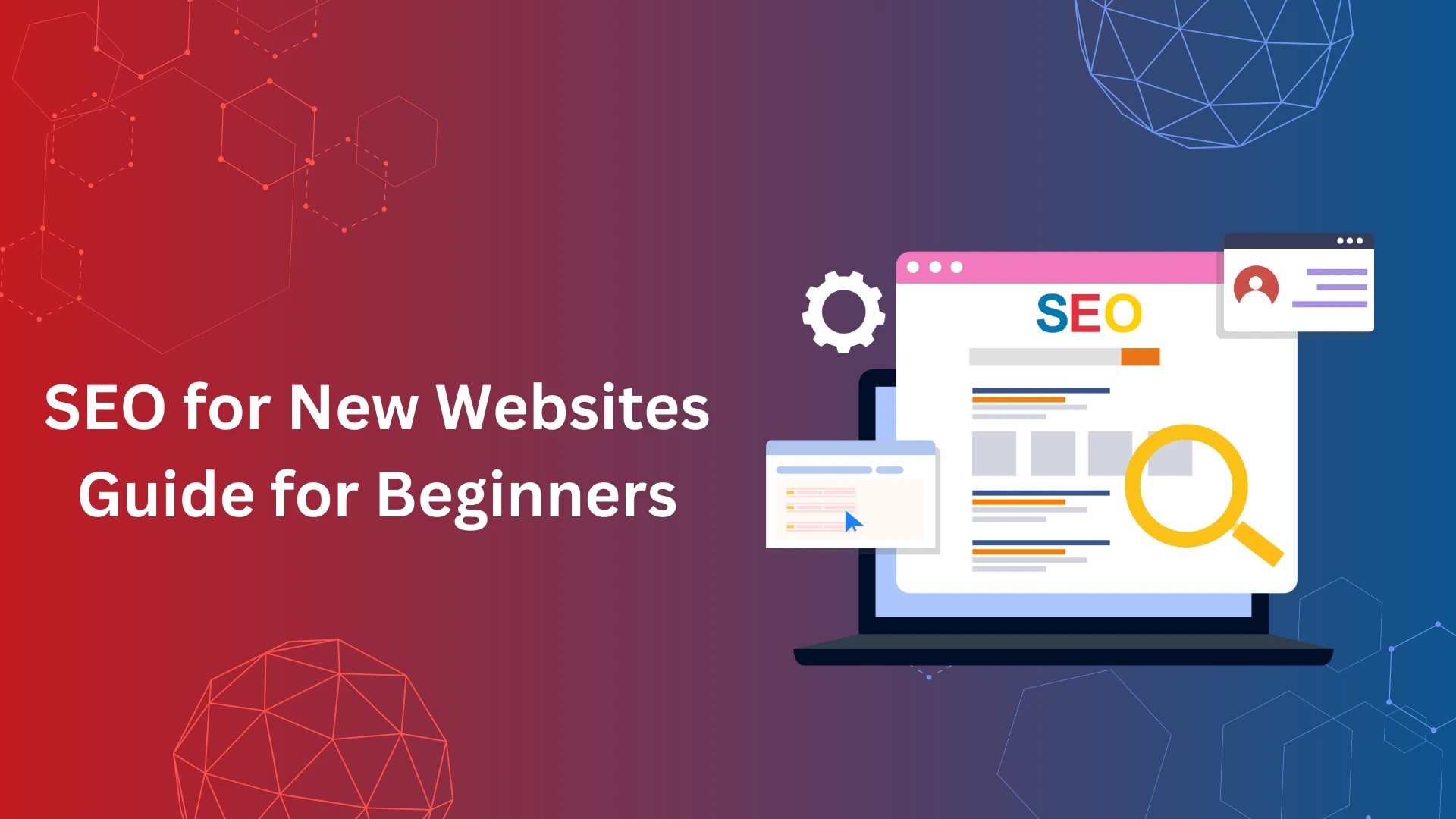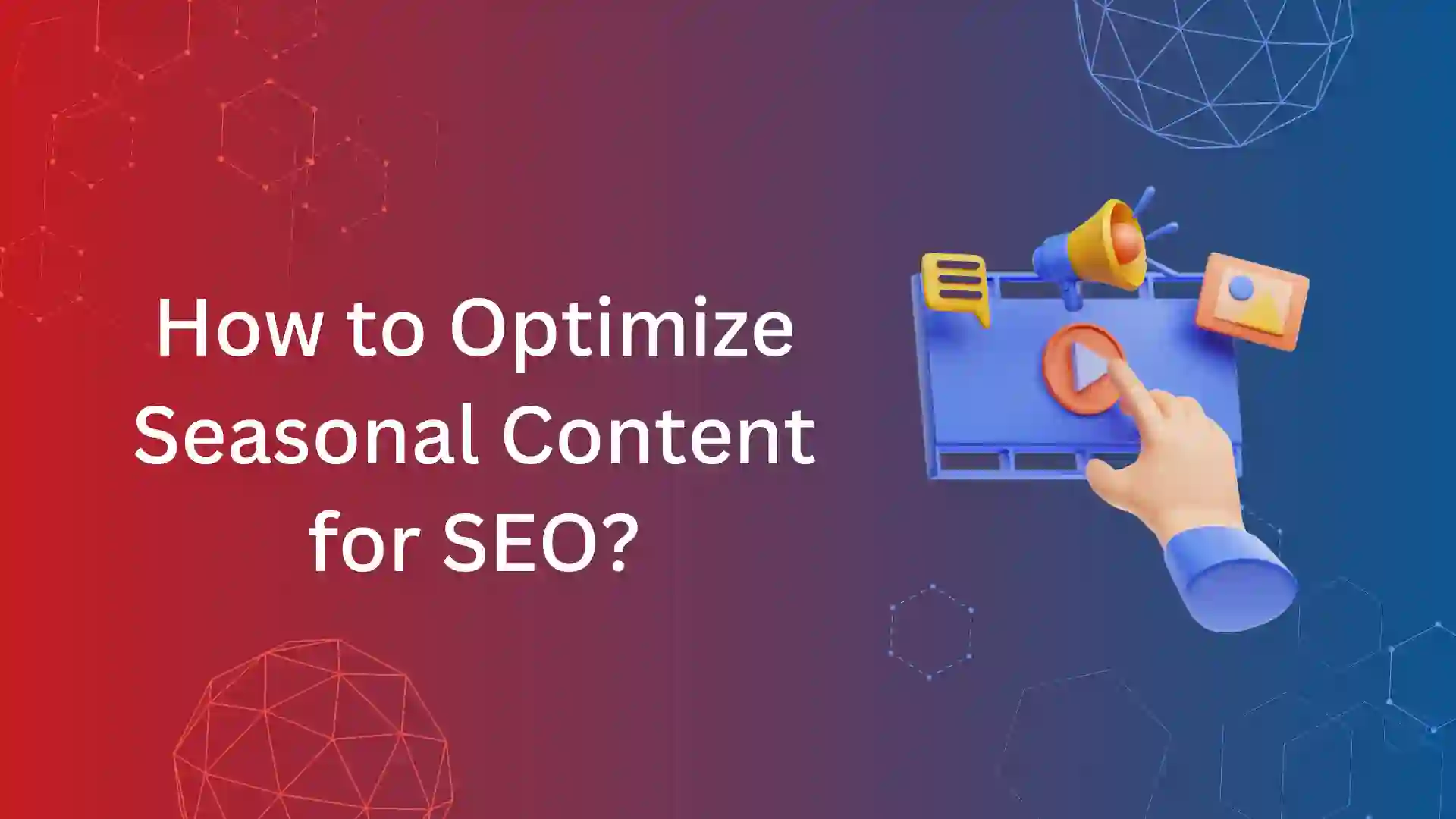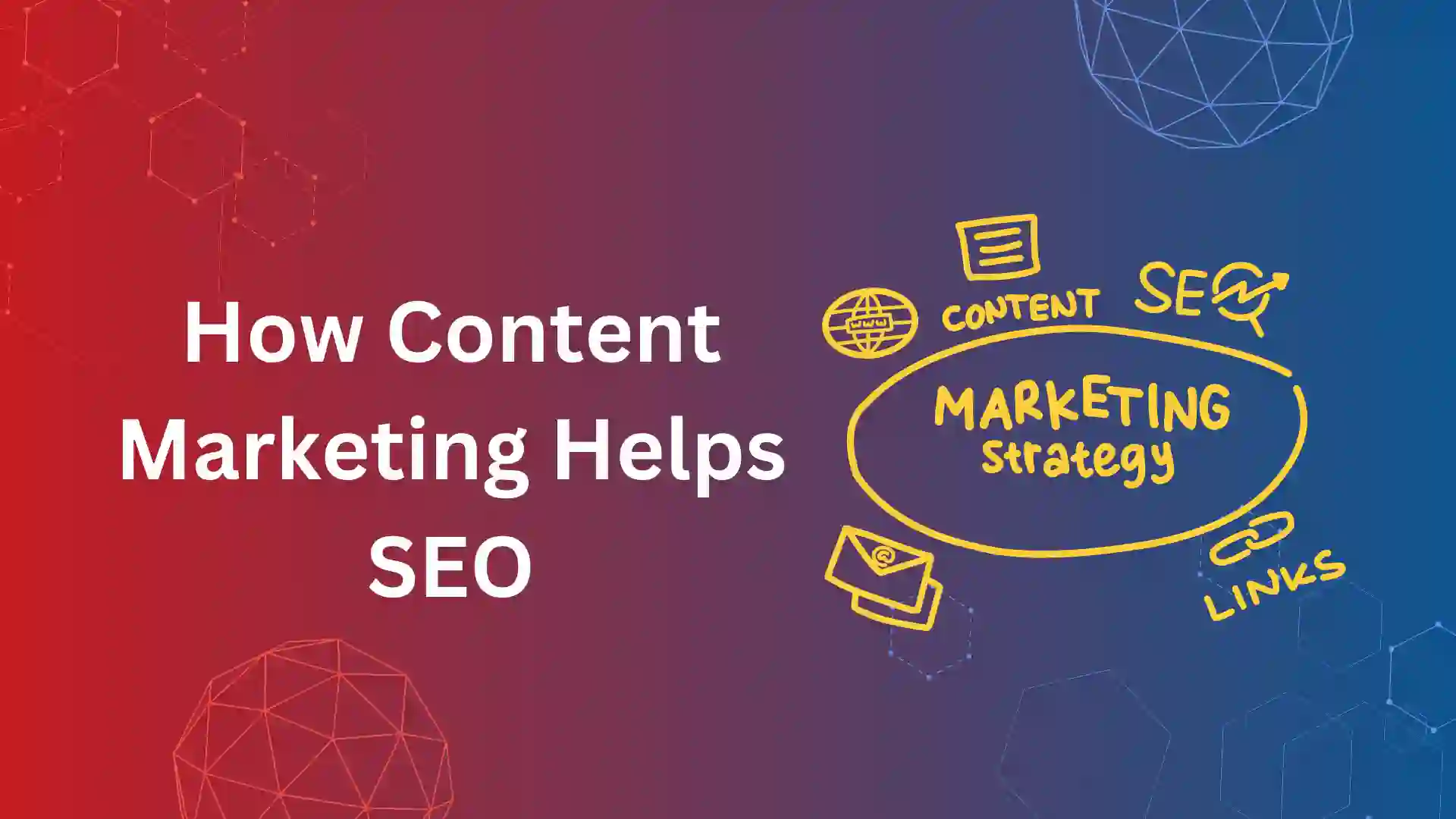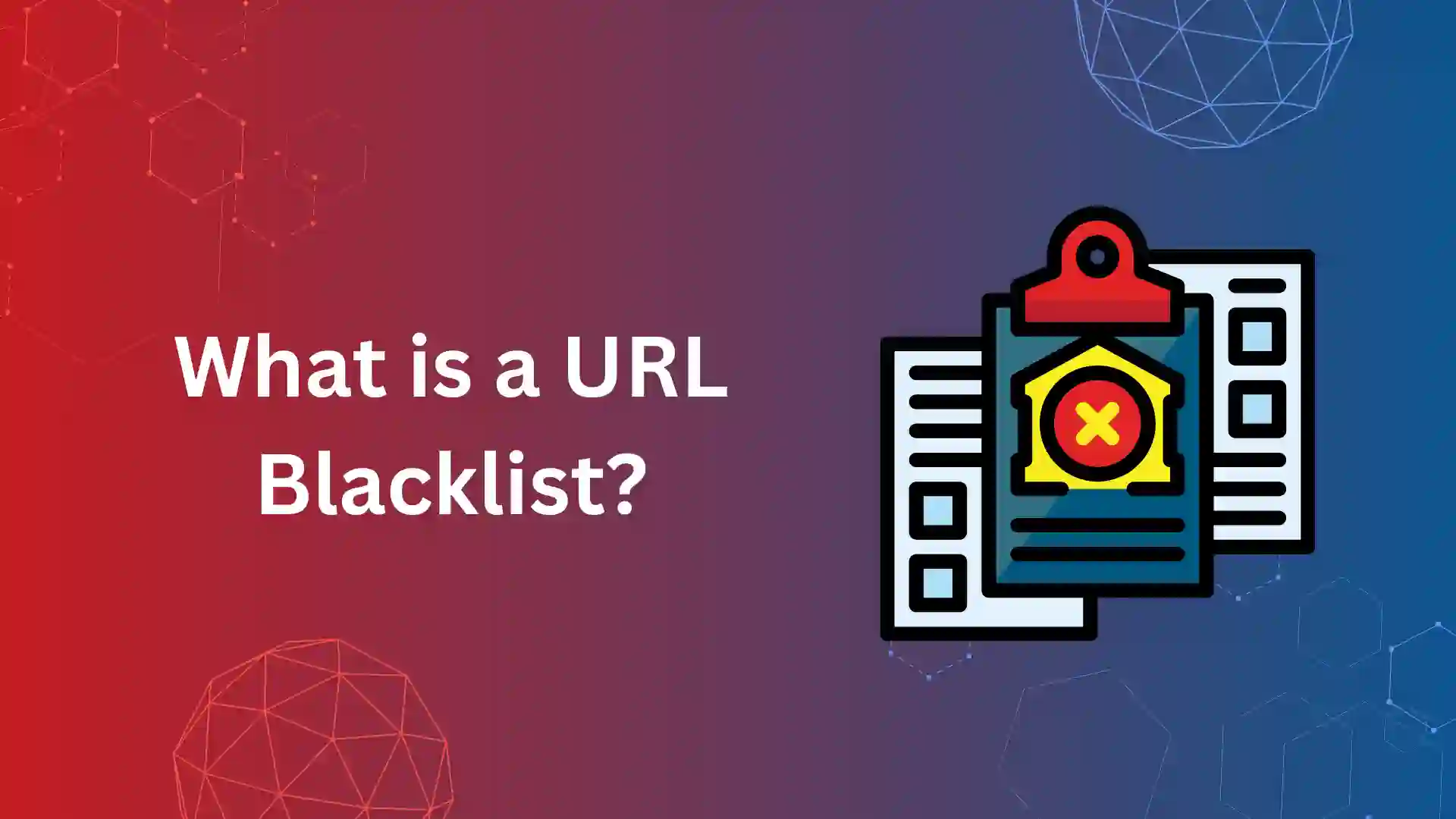Are you ready to welcome the crowds of customers to your new website? But, if your website is not found by anyone, how will they know what you offer? Here comes the SEO for your new website.
Organic traffic from the search engines is the most important factor for website owners for over 20 years. As it can be said as the lifeblood of many websites.
There is more content information available online, how will you know where to start?
That’s why I’ve created this easy steps SEO guide for your new website. In this blog, you’ll learn how to use SEO to improve your new site and get better results.
Lets begin!
How to do SEO for your New Website?
Don’t worry if you’re unsure about doing SEO for your new website. Here, you’ll learn easy steps to make your site do well.
- Choose an effective Domain Name
- Plan your website’s structure and design
- Set up Google Search Console and analytics
- Ensure your site is mobile- friendly
- Analyse your SEO Competitors
- Start your Keyword Research
- Create pages Optimized for SEO
- Promote your Website
- Find and Fix your website Issues
Now, let’s look at each topic clearly.
1. Choose an effective Domain Name
A domain name is the first thing your new website needs for SEO.
Don’t ever make it complicated to choose a domain. Choose a domain that is branded and short, which works well. It can bring more traffic to your website and build your brand.
For example, choose a domain name that is unique and memorable, like “bachlinko.com” and “semrush.com.”
After you’ve chosen your domain name, proceed to register it. You can do this through a service like GoDaddy. Check if your chosen domain is available on their site, and then complete the registration process.

Choosing the right and effective domain name might take serious time and thought, but it’s definitely worth the effort.
2. Plan your website's architecture and design
A good website needs to be well structured and easy for people to use. When it’s designed right, both users and Google can move around your site easily.
Make sure your site is structured in a way that’s friendly for both users and search engines.
Split your pages by topics, share links wisely, and make it simple for visitors to find you online.
Here, I’ll show you an example using “7 Eagles” for site architecture. This method can help improve your site’s navigation and overall structure.
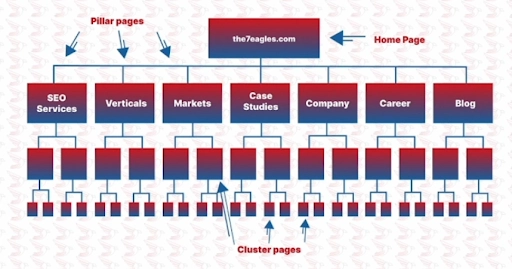
These are some elements of website architecture you should know:
- Technical considerations like servers, storage, memory, and communication setup.
- Functional features detail the services or procedures the website will provide.
- Visual design elements such as the user interface, colors, and buttons.
- Security measures ensure transactions and access are safe and protected.
3. Set up Google Search Console and analytics
You can’t get better at what you don’t measure. So it’s important to track your progress. Here come the Google search console and Google Analytics.
Google search console is free, with this tool, you can monitor the website’s performance and optimize it for search results.
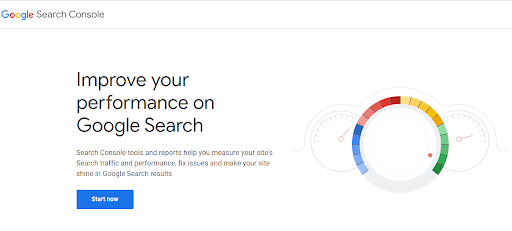
Use Google Search Console, it helps you see which search queries bring traffic to your site, who click on your site in search results, and see the spam issues.
You can also find out who’s linking to your site and much more. Many people overlook Search Console, but using it can make a big difference.
Now, let’s go for Google Analytics.
Google Analytics helps you track how many users visit your website.This can help you keep track of sales, see which content your audience likes the most, and understand how people discover your website.
At first, Google Analytics will look technical, but if you’re using a popular content management system like WordPress, you can easily manage it.
4. Ensure your site is mobile- friendly
Google values websites that are designed and formatted well for mobile devices. Nowadays, the majority of web traffic comes from mobile devices rather than desktops.
This means that if your website isn’t optimized for mobile users, you might be missing out on potential traffic, leads, and revenue.
A mobile-friendly website loads quickly and has CTA buttons that are easy to tap. It’s designed to make reading easy without lots of scrolling.
The text is short and simple, making it easy for users to understand and buy things with just a few clicks.
Making sure your website works well on mobile is important because lots of people use phones and tablets to browse the internet. This helps your website show up higher in search results and brings in more customers.
To see if your website is mobile-friendly, just go to the tools or check the Google Search Console. This helps you find any problems and fix them easily.
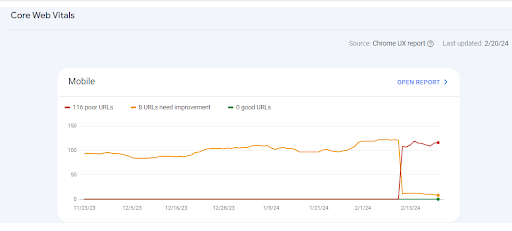
5. Analyze your SEO Competitors
In SEO you have to know what your competitors are doing in their websites.
Study about their strengths and weakness
After gathering those insights, you can use them to enhance your SEO strategy.
Analyzing your competitors enables you to:
1. Determine the level of competition in your field.
2. Discover new content ideas.
3. Know the amount of SEO work your competitors are investing in.
4. Measure your own SEO performance against industry standards.
6. Start your Keyword Research
Keyword research is about finding, analyzing, and choosing the best keywords to increase your content ranking in the search results.
Before starting your keyword research, ensure that
- Know what your target audience is searching for.
- Make the content for your audience
- Drive more traffic to the website.
There are various tools out there for keyword research, some free and some paid. When starting out, try using the Google Keyword Planner.
Begin with a seed keyword that’s popular among your target audience and has a higher search volume.
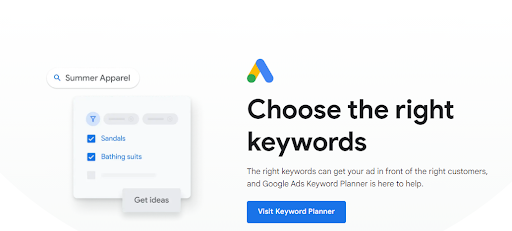
Explore the other SEO tools for keyword research and bring out the right keywords to increase your website’s performance.
7. Create pages Optimized for SEO
Making your content optimized helps more people find your website on search engines. content optimization helps attract more visitors to your website, Start by knowing what people are searching for with the right keywords.
Analyze Search Intent
Search intent is the reason behind the users search query.It’s impotant to know about them.
Different types of search intents include:
- Informational: When a user is looking to learn more about a topic.
- Commercial: When the user is researching before making a purchase.
- Navigational: When a user is seeking a specific website or page.
- Transactional: When the user wants to buy or take a specific action.
On page SEO optimization
On page SEO is the process of optimizing website elements like HTML tags, multimedia, and internal and external linking.
This process includes competitor analysis, keyword research, site architecture, on page SEO component optimization, linking relevant resources, content optimization, and featured snippets. Search engines consider On-page for the ranking pages.
Best practices for on-page SEO for your website,
- Create unique and valuable content that align with peoples search query
- Write short, descriptive title tags that include your main keyword.
- Craft engaging meta descriptions that summarize your content effectively.
- Add alt text to optimize your images
These are some of the On-Page SEO best practices to follow for your new website. Learn more about On-page SEO in our article.
8. Promote your Website
After optimizing your content, the next step is to promote your website. You have to promote it to bring in more visitors.
To start this process, you have to do
Join online groups
Content sharing in social media
Go with Email marketing
Acquiring links from high-quality websites is another effective way to promote your new website. To build your website’s authority, focus on obtaining quality links from authoritative websites.
9. Find and Fix your website Issues
Auditing your site’s performance regularly is important to do on your website. Auditing is the best way to see what’s going well and what needs improvement. Make adjustments according to them.
Consider using tools that conduct website audits. These tools scan your entire website and identify any issues present.
By performing a site audit, you can rank your website in search results. For this, you need a professional SEO tool. Semrush is the best choice you can make.
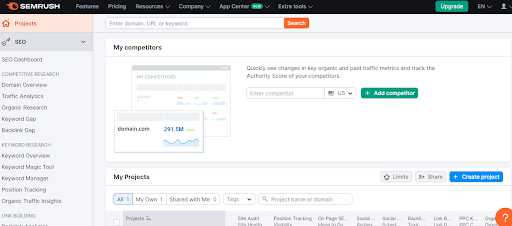
Semrush is quickly becoming one of the most popular SEO audit tools available. Its features and improvements have made it a favourite among marketers, simplifying their work. It has the “Search Intent” feature for keyword research, making it even more valuable.
Why does SEO Matter for a New Website?
Think like you are opening a fantastic store in the middle of deserted area. Even if it’s amazing, if nobody knows about it, you will not get any customers. The same goes for your online presence.
Your website may seem best, but without good SEO, getting traffic will be tough.
Basically, knowing what people search for online is important to making sure your website serves their needs.
The great thing is that, with a few SEO techniques, you can begin directing relevant traffic and potential customers to your site.
When it comes to SEO for your business and improving your online visibility, 7 Eagles is the best choice you can make. Boost your business with our reliable and effective SEO services.
Conclusion
In short, keep in mind that SEO is a journey of constant improvement. By following the tips in this guide, you’ll be on track to attract the right visitors and make your new website a success.
Stay dedicated and use the right SEO strategies for your website, so you can achieve the best results and effectively compete in this online world.
Frequently Asked Questions
The number of pages a new website should have for SEO varies depending on the content and purpose, but aiming for at least 5-10 pages is a good start.
Avoid black hat SEO techniques, such as keyword stuffing, cloaking, and buying links, as they can result in penalties from search engines.
The success rate of SEO can vary greatly depending on factors like competition, industry, and strategy, but effective SEO efforts often lead to significant improvements in search engine rankings and website traffic.

